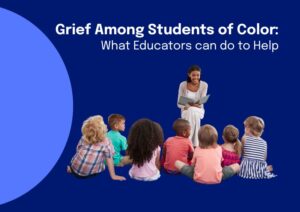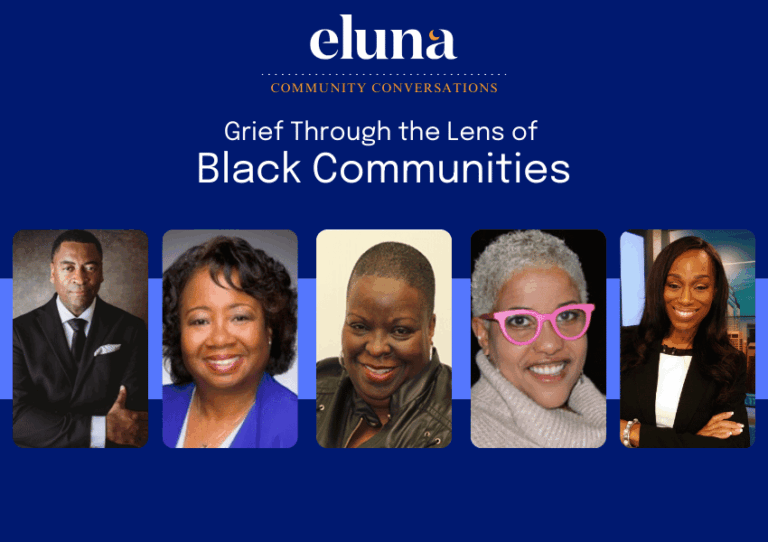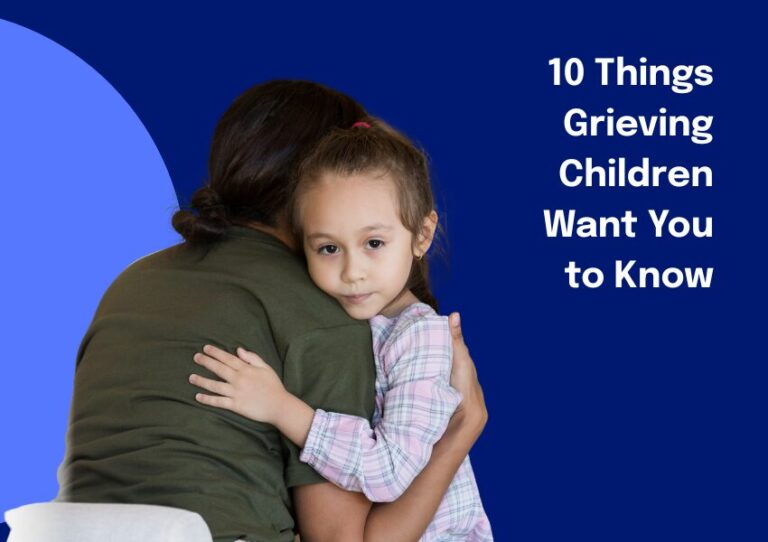Grief Among Students of Color: What Educators can do to Help
 The past two years have been a time of heightened grief and loss across the nation. In communities of color and other groups marginalized by discrimination and systemic racism, deaths stemming from COVID and other causes have occurred at higher rates. Race-based biases have intensified in many communities. Discrimination and bias contribute to negative health outcomes and excess deaths. They also have an impact on the emotional and social development of children. When children of color grieve, their grief may be complicated by experiences of inequity in their families and communities.
The past two years have been a time of heightened grief and loss across the nation. In communities of color and other groups marginalized by discrimination and systemic racism, deaths stemming from COVID and other causes have occurred at higher rates. Race-based biases have intensified in many communities. Discrimination and bias contribute to negative health outcomes and excess deaths. They also have an impact on the emotional and social development of children. When children of color grieve, their grief may be complicated by experiences of inequity in their families and communities.
Grief can disrupt feelings of safety and hope, especially when a child is coping with the impact of multiple and cumulative losses. Systemic racism and violence heighten these outcomes, particularly when death occurs violently and unpredictably. Images of the murder of people of color on the street, in a church, or during a traffic stop have appeared in public and social media. Witnessing these events is difficult for everyone. It is especially agonizing when you can easily imagine yourself or your family being victimized in a similar way.
After repeated exposure to such incidents, grief from the death of a loved one from any cause can feel overwhelming. These traumatic events can remind students of color of past experiences of discrimination and their own continued vulnerability. They may not feel fully included and safe in educational and community settings. They may not entirely trust authority figures, including teachers.
What Educators Can Do:
Remember that every child’s circumstances are unique. Each child and family grieve in unique ways. There are also common features in most children’s experiences of grief. When educators take steps to provide support, they help grieving students minimize some of the challenges of bereavement, such as difficulty learning, social withdrawal, or regulation of painful feelings.
For students of color specifically, these steps may be helpful:
Build self-awareness. Be sensitive to your own personal values and biases. Consider how these may influence your perceptions of a student, the student’s behavior, any learning problems, and your relationship with the student.
Be approachable. Accept that you may not have a complete understanding of a student’s personal and historical experiences. Consider the role of a student’s identity in their experience of grief and loss, including the intersectionality of different dimensions of identity. A student may be reluctant to speak with someon who represents the majority culture, feeling that the person may not be fully trusted.
Take initiative to learn more about how the student’s family and culture express grief. This may include the expected length of the bereavement period, how emotions are expressed, types of funeral and commemorative rituals observed, degree of involvement expected from children during the mourning process, level of integration of faith-based beliefs, and the preference for public or private processing of grief.
Affirm students’ references to discrimination. Some students may discuss racism, others may not. If it comes up, listen openly. Continue to ask about these experiences to help the student feel safe and build trust in your relationship.
Create an affirming student-center learning environment in your classroom. Include materials that affirm the racial, linguistic, and cultural identities of students of all backgrounds. This can help to minimize the isolation experienced by grieving children, which might otherwise be heightened in children of color.
Find more information at the website of the Coalition to Support Grieving Students, including the modules on talking with children, what not to say (with good examples of open-ended questions), and secondary and cumulative loss.


